Sometime last year, my mum emailed me my grandmother’s thirty-something year old recipe for browned butter almond cookies.
I was delirious with joy; because it was not just any old cookie recipe – more precisely, it was a recipe which would create some of the most fragrant and buttery cookies that would invariable invoke deep childhood memories whenever I eat them.
That’s the thing with sharing recipes you see – it’s not simply the transfer of a list of ingredients followed by a string of instructions from one person to another. It’s also the spreading of good times and fond memories; the union of cultures as different nationalities gather at a single table to partake in home-cooked food; and the knowledge that it is a celebration of a basic joy in life – eating good food.
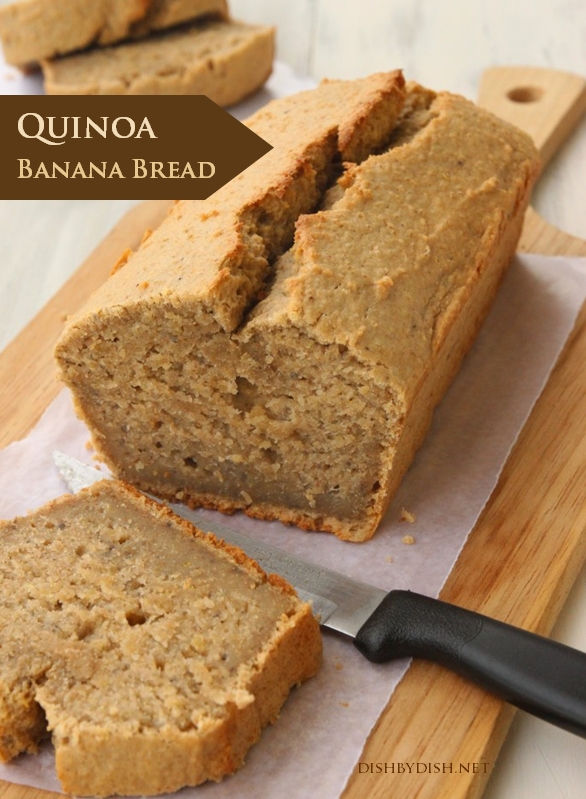
Want to save this recipe?
Enter your email & I'll send it to your inbox. Plus, get great new recipes from me every week!
The Kitchn’s note on “Why I think you should tell us your kitchen secrets” got me brooding in a good way.
It reminded me of the time Juan and I spent in the Northeast of Brazil, during which we had an amazing dinner in a hidden-away restaurant called “Aqui”, where I’d innocently asked the waiter for the recipe for an incredibly flavorful tomato dip.
I like collecting souvenirs from the places I travel – it’s the nostalgic and sentimental part of me that makes me behave this way.
But apart from physical objects such as the pretty stones Juan picked up for me from the shore; or the large brown hat with a ribbon tied around it that I bought from a beach-side vendor; or the one too many bikinis I’d added to my collection; recipes are what I love to acquire.
Recipes from a distant land or a foreign country, which can later be replicated in the comfort and safety of my own kitchen – these are what I treasure most as souvenirs.
Sheila Dillon, the host of the BBC Radio 4 show which featured an interview of British cook and food writer Claudia Roden, summed up the less obvious but equally important definition of recipes.
She called them “talismans against loss and forgetting” – the continuation of crowded lunch gatherings ringing with laughter and a reminder of companionship.
And if recipes are viewed as the gift of memories from happy times passed, they are meant to be given away and received with joy and graciousness.
Sometimes it’s being the honored recipient of a hand-written recipe, complete with a “I hope you like it!” scribbled at the bottom right hand corner. Other times, it’s as simple as having the cook share their special ingredient with you – a hint of ginger, a bit of nutmeg; or a pinch of Hungarian paprika. It’s the taste that you can’t quite put your finger to; or the ingredient that somehow always makes a dish work out.
I’m not a great keeper of secret recipes – because I feel that recipes are just like the food they produce – and that they are better shared.
I suppose most people who cook have a particular ingredient that they like to use with ease and familiarity – like the signature loop when you write the letter “g”, or the distinct slant in your handwriting, or the way a photographer uses natural light to create beautiful pictures.
I don’t have a particular secret recipe, but a special ingredient? Of course! And I’d love to share it with you.
For me, it’s the humble banana.
I can think of so many amazing ways bananas can be used; and because of their natural and mild sweetness, they make the perfect sweetener and lend a non-invasive flavor in most desserts or sweet snacks.
I’ve always found bananas a welcome addition to any recipe in need of a little “oomph”.
Want to add a little creaminess to your shake? Throw in a banana! Need some fruit to garnish your crepes? Bring on sliced bananas and a drizzle of melted chocolate! Whether used in grain-free banana almond pancakes, banana chocolate-chip muffins, banana nut oatmeal crunch cookies, simple baked banana chips or a tropical fruit salad – bananas always seem to do the trick.
When Juan and I were holidaying in Pipa, Brazil, we’d rented a fully-equipped apartment – and having the kitchen for our free use, we made breakfast every day.
On most days we’d settled for scrambled eggs, sausages and a couple of slices of ham and cheese. But on the days that we craved a sweet treat to kick-start our mornings, we made two-ingredient banana pancakes that were so easy and turned out so well (that we ended up eating them three days in a row) – and I’m fully convinced that no kitchen is complete without bananas.
Today, I’m sharing another way that bananas are most commonly used – but with a twist.
This version of banana bread was a rare find I’d stumbled upon during my search for more ways to cook with quinoa, and while quinoa’s nutty taste can be hard to get accustomed to for new eaters, the taste of banana makes this bread comforting, familiar and filling.
I also love that the use of cooked quinoa helps the banana bread retain its moisture, and its moist crumb and naturally flavored banana taste made it a wonderful breakfast for Juan and I. If you’re like me and want to explore how familiar foods can be made gluten-free and wheat free, this is a great recipe to start off with.
So there I’ve spilled the beans. Bananas are my secret ingredient.
What’s yours? I’d love to hear your secret.
QUINOA BANANA BREAD (Makes 1 loaf)
Barely adapted from: 365 Days of Baking and More
Ingredients:
1) 1 3/4 cup wheat flour (or a gluten-free flour mix you can get from the natural food stores. Note: do not use coconut flour alone!)
2) 1/2 cup sugar
3) 2 teaspoons baking powder
4) 1/2 teaspoon cinnamon
5) 1/2 teaspoon freshly grated nutmeg
6) 1/8 teaspoon salt
7) 2 ripe bananas, mashed
8) 1 cup cooked and cooled quinoa (see this post on how to cook quinoa)
9) 1 egg, lightly beaten
10) 1/4 cup unsalted butter, melted
11) 1/4 cup low-fat milk cream or greek yoghurt
Steps:
1) Preheat oven to 350 deg F (180 deg cel). Prepare a loaf pan by greasing it with butter.
2) In a medium bowl, combine flour, sugar, baking powder, cinnamon, nutmeg, and salt, mix well.
3) In a food processor, mix together bananas, quinoa, egg, melted butter and cream/yogurt, until well combined, then pour banana mixture into a large bowl.
4) Add the dry ingredients, a half cup at a time, to the banana mixture, mixing thoroughly.
5) Pour batter into the prepared loaf pan, and bake for 50 – 60 min or until a toothpick poked in the middle comes out clean (the baking time will depend on the type of oven, so don’t worry if you find you need to bake the bread for more time before it’s done!
Note: As quinoa banana bread is very moist, it is best eaten within 1 or 2 days after it is baked.

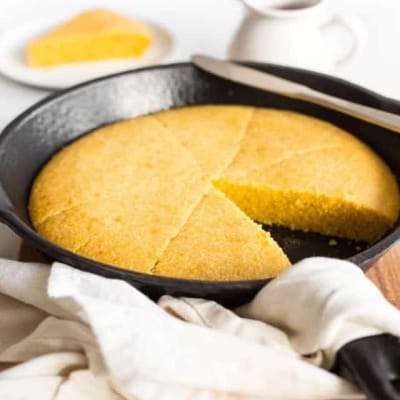
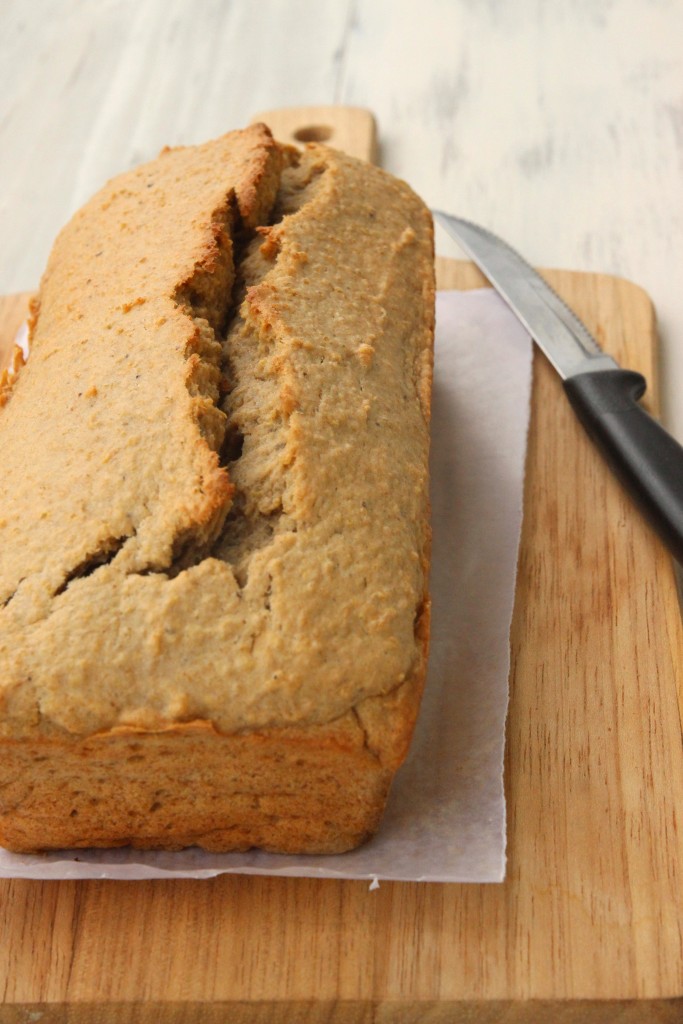
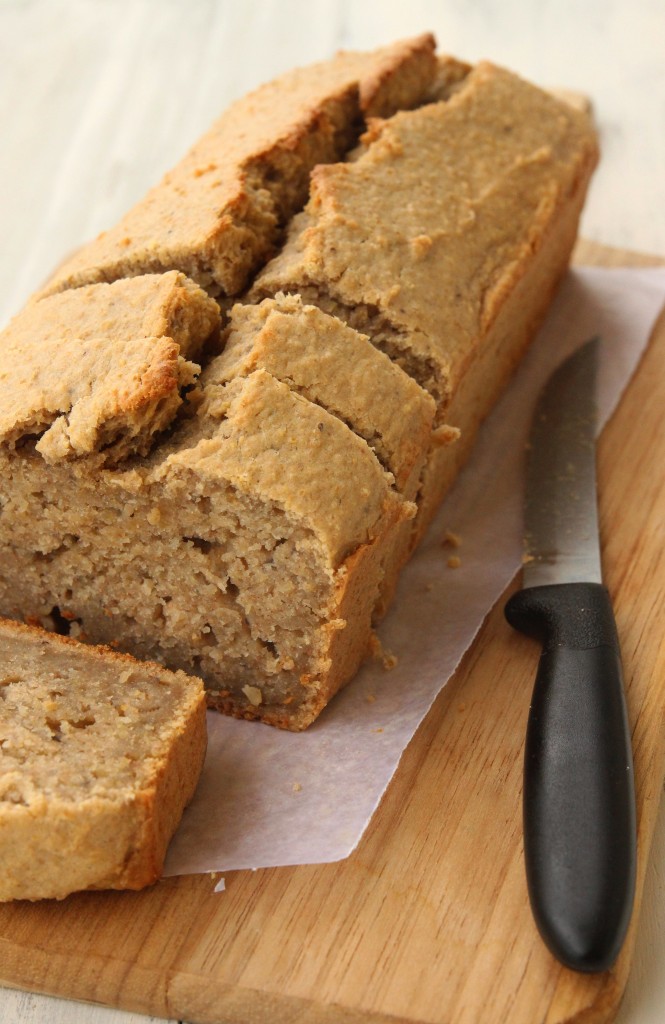
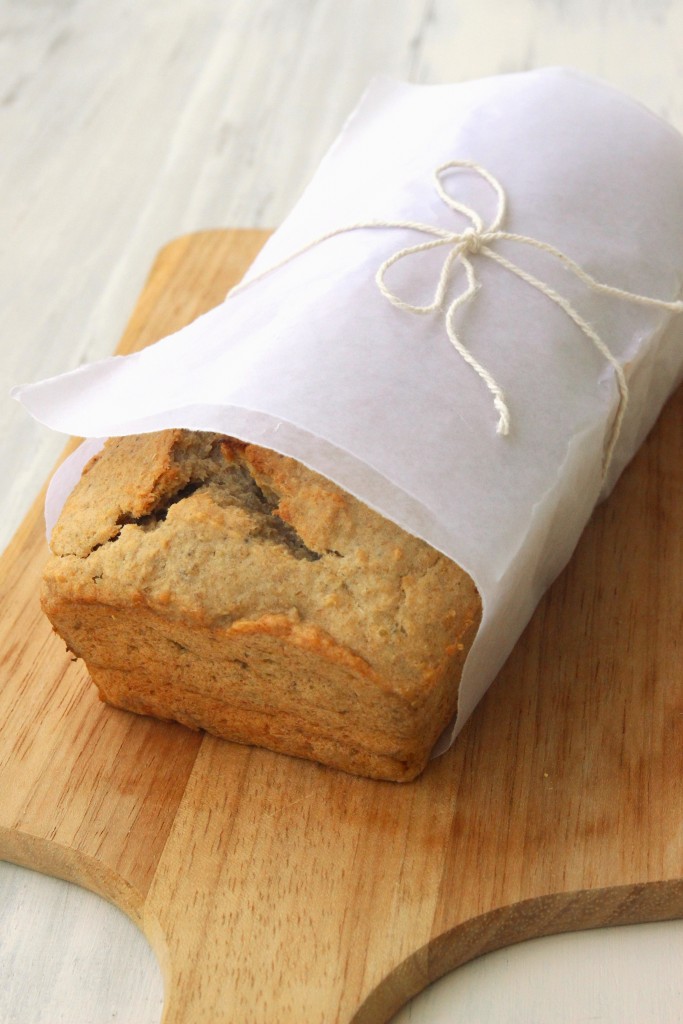
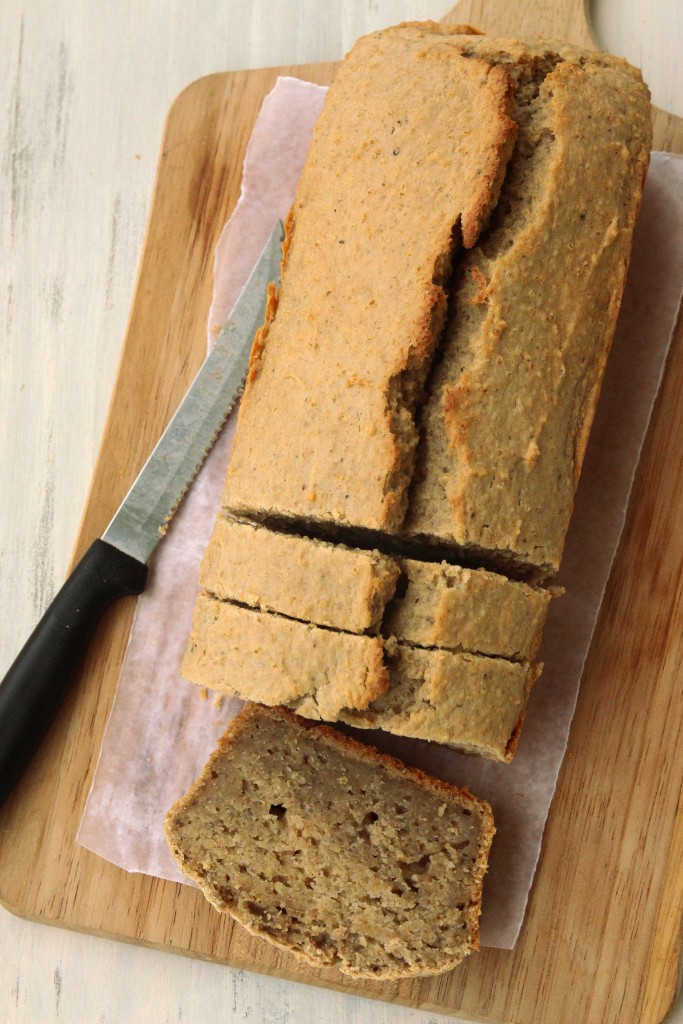
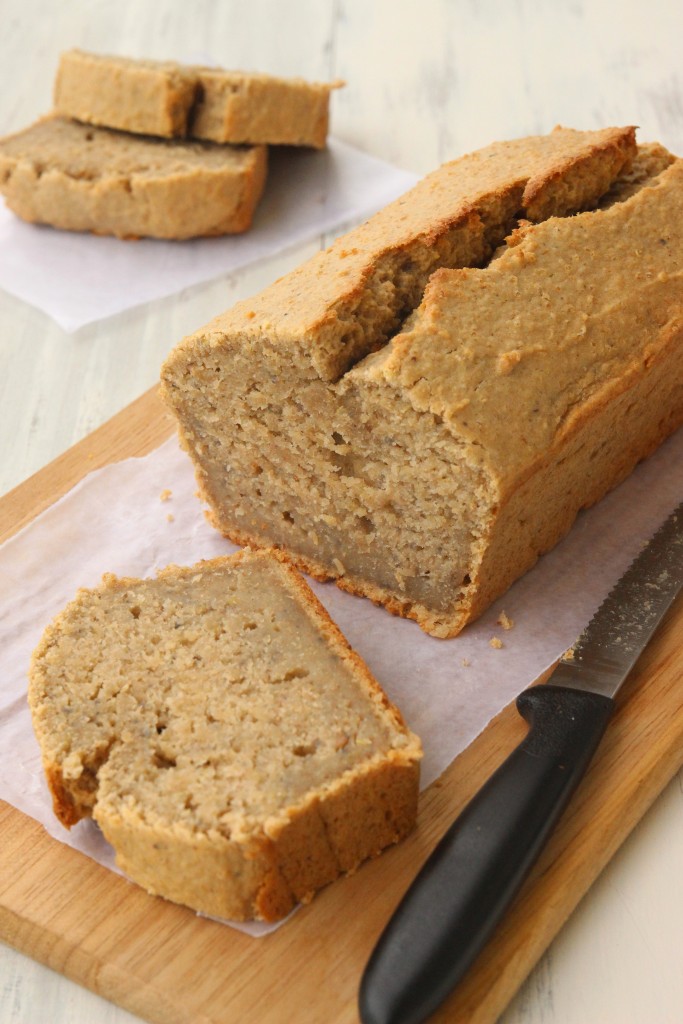
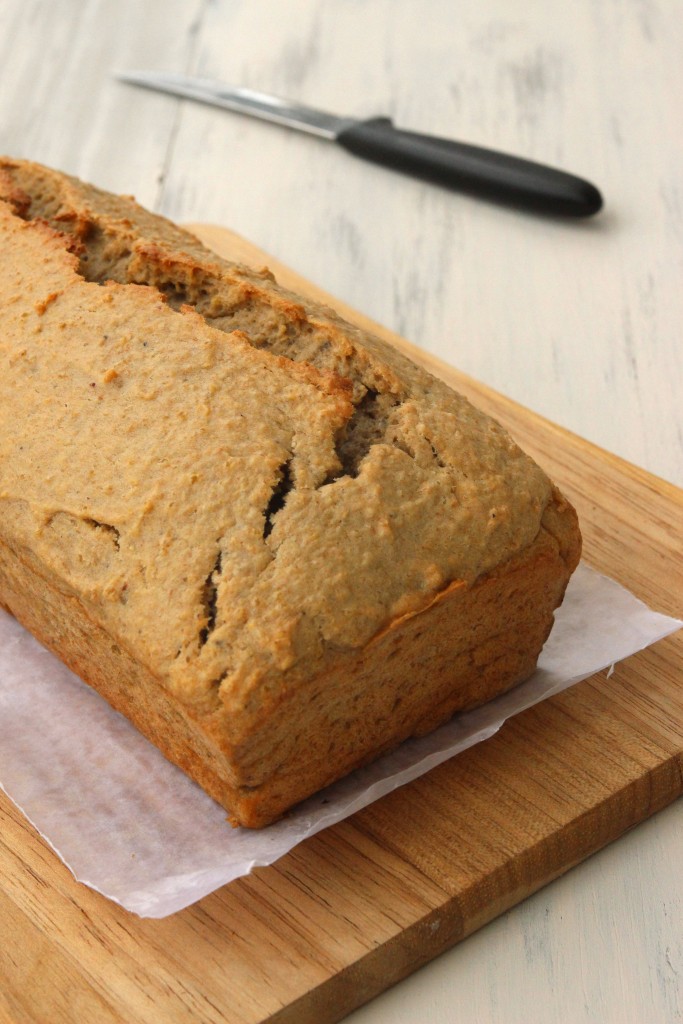
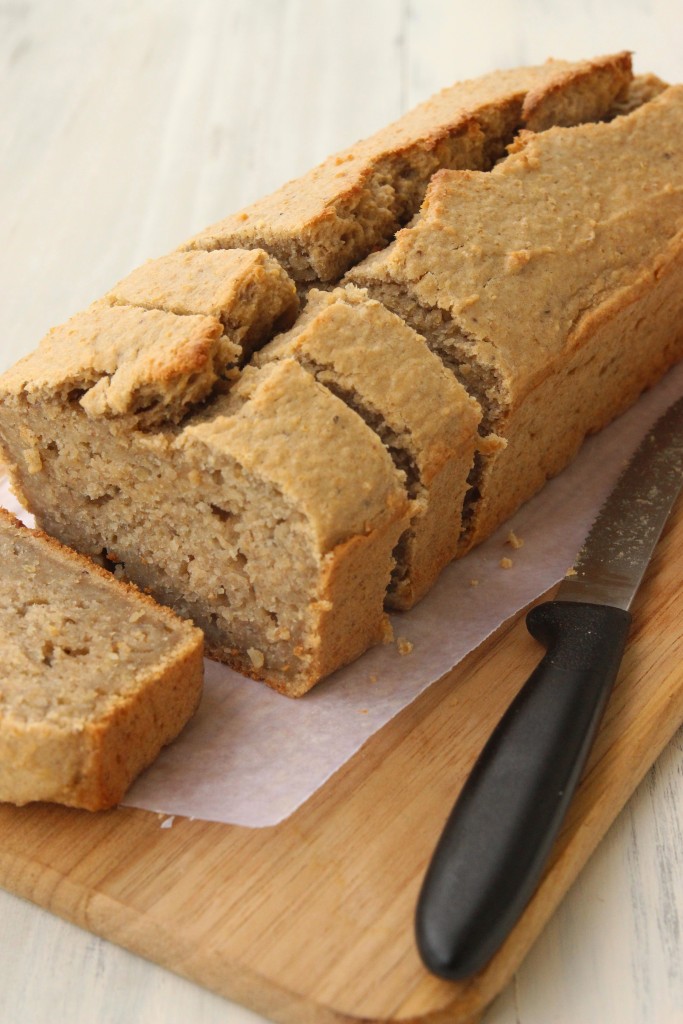
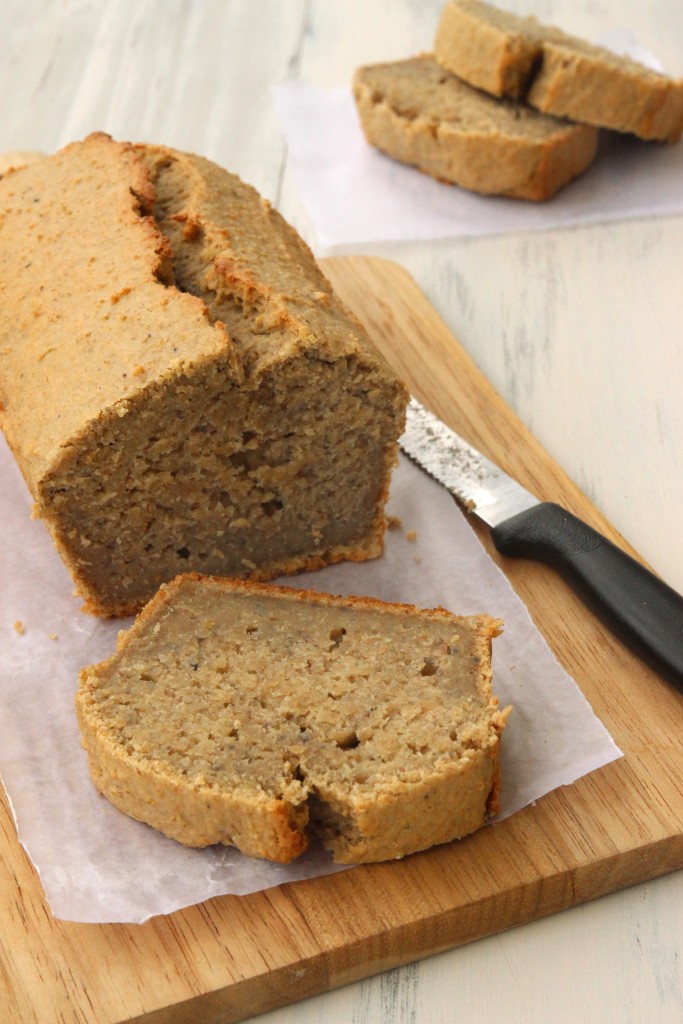
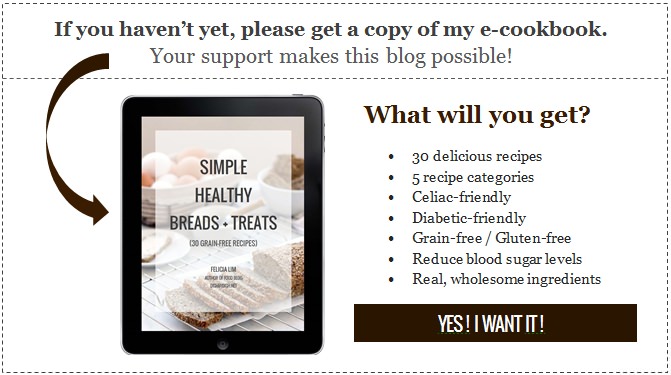
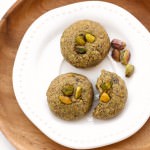
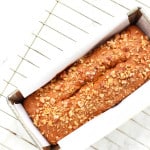
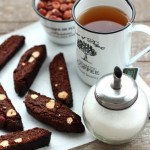
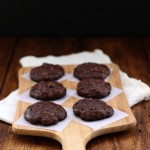
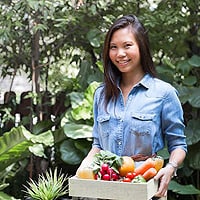
I’ve been wanting to try this recipe for a while now and finally got to it tonight! Omg what a delight! I used coconut sugar instead of white. I love this recipe and look forward to sharing it with others! Mahalo 🙂
Hi Joey! Nice to meet you and so happy that you loved this recipe! Thanks for letting me know that coconut sugar works well too! 🙂 Mahalo to you too!
We would have so much fun traveling together collecting recipes. This banana bread looks delicious and a definite try for me! I’m going to have to pull it off my ‘lo carbo veggie boy’ board and move it to ‘food and water’. Thanks, enjoyed your post. cmd
Hi Charles! Indeed! We would have so much fun collecting recipes together! Glad you enjoyed this post and the quinoa banana bread! Thanks for dropping by!
Hi! I am currently located in Peru where most of the quinoa comes from. Originally I am form Holland where the quinoa is not of top quality. For that reason I am experimenting so much with it while I can and this bananabread was sooo good! The other people in my studenthousing loved it too!
Just wanted to thank you and encourage you a little bit in what you do!
Bart, thank you so much for your comment and your encouragement! It makes my day! So glad that you liked the quinoa banana bread – it seems to be one of the most popular recipes on this blog! I never knew that the quality of quinoa could vary so much…. the quinoa here in Buenos Aires seems ok but it could be because they produce quinoa in the North of Argentina. I suppose the quinoa in Peru must be really good!
Hi Felicia,
My kitchen smells like heaven after having baked your banana bread. I can’t wait to try it as I am a real banana bread fiend! I did make a few editions: I used 8 dried dates which I left soaking in the yoghurt for a few hours to soften. I also used coconut oil instead of butter. I really don’t think this will be hanging around long in our house-it will be devoured!
Happy baking 🙂
Hey Hannah!! So glad you tried making this banana bread! How did it turn out in the end? Did you like it? Always lovely to hear the different additions to recipes – I believe that’s the gist of baking/cooking – using recipes as guidelines and not the law! 🙂 Have a great start to the week!!
Hi Felicia,
I am happy to report that it was a great hit over here. It wasn’t as dense as what I thought it may have been, although it wasn’t as cakey as other banana bread recipes I have tried either. It was just unique and delicious! I am thinking I may try toasting some (if there’s any left) for breakfast tomorrow with some peanut butter…..
Take care
Hey Hannah! Thanks so much for getting back about how the bread turned out! So happy that you liked it! 🙂 And toasting the bread for breakfast tomorrow sounds like a wonderful idea! 🙂 Take care too!
Felicia, I’m just seeing this! How awesome and I’m so glad you enjoyed it! I haven’t made it in a very long time, so after seeing your post it’s definitely going on my to-do list!
I completely agree with you about recipes. They are complete treasures and I love how you collect them when you travel. That’s a great idea – thanks for the inspiration!
Keep up the great work!
Hello Lynne! Thanks so much for dropping by! 🙂 And thank you so much for inspiring me with your recipe!! 🙂 and yes, recipes are possibly one of the best type of souvenirs ever! 🙂 Sending plenty of love from Buenos Aires!
Do you measure the one cup of quinoa before or after it’s cooked? Thanks!
Hi Ramona, the one cup of quinoa should be measured after it is cooked and cooled. Thanks for dropping by!